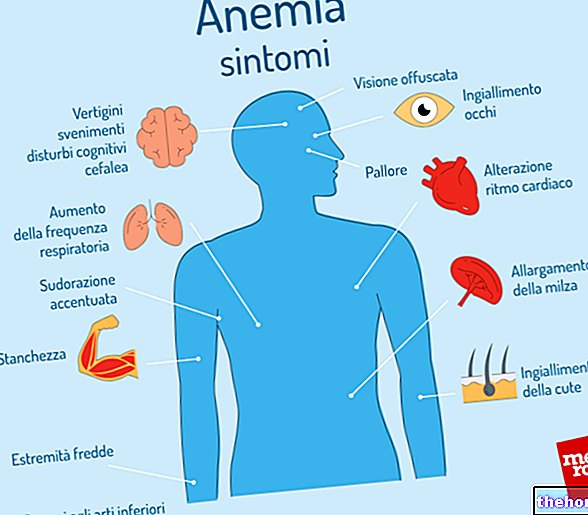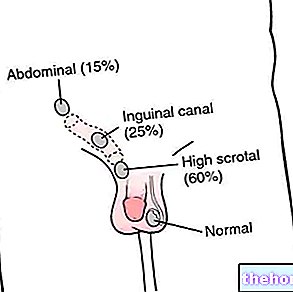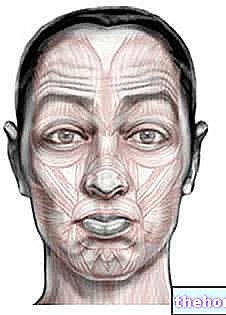Aphasia: definition
Aphasia designates a very complex and heterogeneous symptom picture, so much so that it is sometimes difficult to distinguish between one form and another. As analyzed in the previous articles, aphasia identifies an alteration of language in terms of both the understanding of the word and the processing of words.

Aphasic disorders take on different connotations depending on the severity of the disease. In some subjects suffering from aphasia, the words spoken are not understandable, because they are crippled or even invented (indecipherable neologisms); in other patients, words are difficult not only to pronounce, but also to process. Still, other aphasics are not able to combine more words, despite these are pronounced in a grammatically correct way [http://www.aitafederazione.it/].
Key points for diagnosis
In order to draw up a correct diagnosis, it is first of all necessary to distinguish a "hypothetical aphasia from a possible dysarthria: if in aphasia the patients are unable to enunciate words and / or understand them, in dysarthria the patients have difficulties in the articulation of the words.
After having ascertained that it is an "aphasia, it is the duty of the specialist to identify the exact type of the disease; strictly speaking, some parameters must be considered, summarized below:
- Ability to understand words;
- Degree of fluency of language;
- Faculty to name / identify objects;
- Competence to repeat some words;
- Ability to recognize words spelled slowly;
- Writing skills and methods;
- Search for any neologisms
- Ability to repeat / imitate sounds.
Aachen test for aphasia
In order to ascertain the disease and to identify the exact type of aphasia, the differential diagnosis provides the Aachen test. The objective of this diagnostic investigation is to catalog and classify the affected patients within a standard and precise syndrome; moreover, the Aachen test is useful for evaluating the severity of aphasia and, possibly, the degree of degeneration of the same.The test allows to recognize first of all the most well-known standard aphasic syndromes: Broca, Werniche, global, amnestic, trans cortical and conduction (the aforementioned aphasias were analyzed in the article concerning the classification of language disorders).
The test mainly includes tests for the evaluation of spontaneous language, repetition of words, naming of objects or colors, repetition of words, oral / written comprehension of words or sentences, and evaluations of writing as well as written language.
The Aachen test is very advantageous, as it is rather simple to apply and standard and / or objective evaluation of the disorder; Unfortunately, this diagnostic test takes quite a long time to transcribe, correct and evaluate the data.
Token test for aphasia
The Token test, better known as token test, gives an "idea of the ability to understand oral language: the aphasic patient is faced with 36 tokens, distinguished by color, shape and size. According to the indications provided by the specialist (eg touch the yellow round buttons) and to the way in which the patient responds, the various levels of severity of the disorder can be highlighted, discriminating aphasic patients from healthy ones (or in any case non-aphasic). This diagnostic test does not provide information on the form of fluent and non-fluent aphasia, but only on the degree of speech impairment.
Other diagnostic tests
To verify and confirm the hypothesis of aphasia, the specialist may recommend other diagnostic tests to the patient:
- Fluence test: evaluates the abilities of rapid search of the words, focusing the attention on the lexicon of the patient.
- Language test: evaluation of word production, denomination (written and oral), and comprehension. Useful for differential diagnosis, as it frames the patient in a specific aphasic syndrome.
- Evaluation of the cortical quotient, a very useful classification tool in order to evaluate both the type of aphasia and the degree of severity of the same.
- Benton test: includes tests of spontaneous language, repetition of digits, comprehension, association of words and writing.
In conclusion, some fundamental parameters must be considered in all diagnostic tests for aphasia: comprehension, repetition, production, reading, writing and naming. Depending on the results obtained, the doctor must be able to profile the patient in a precise diagnostic picture, in order to direct him towards the most suitable therapy.
Other articles on "Aphasia: Diagnosis"
- Aphasia: classification
- Aphasia
- Aphasia: therapy
- Aphasia in Brief: Summary of Aphasia




























